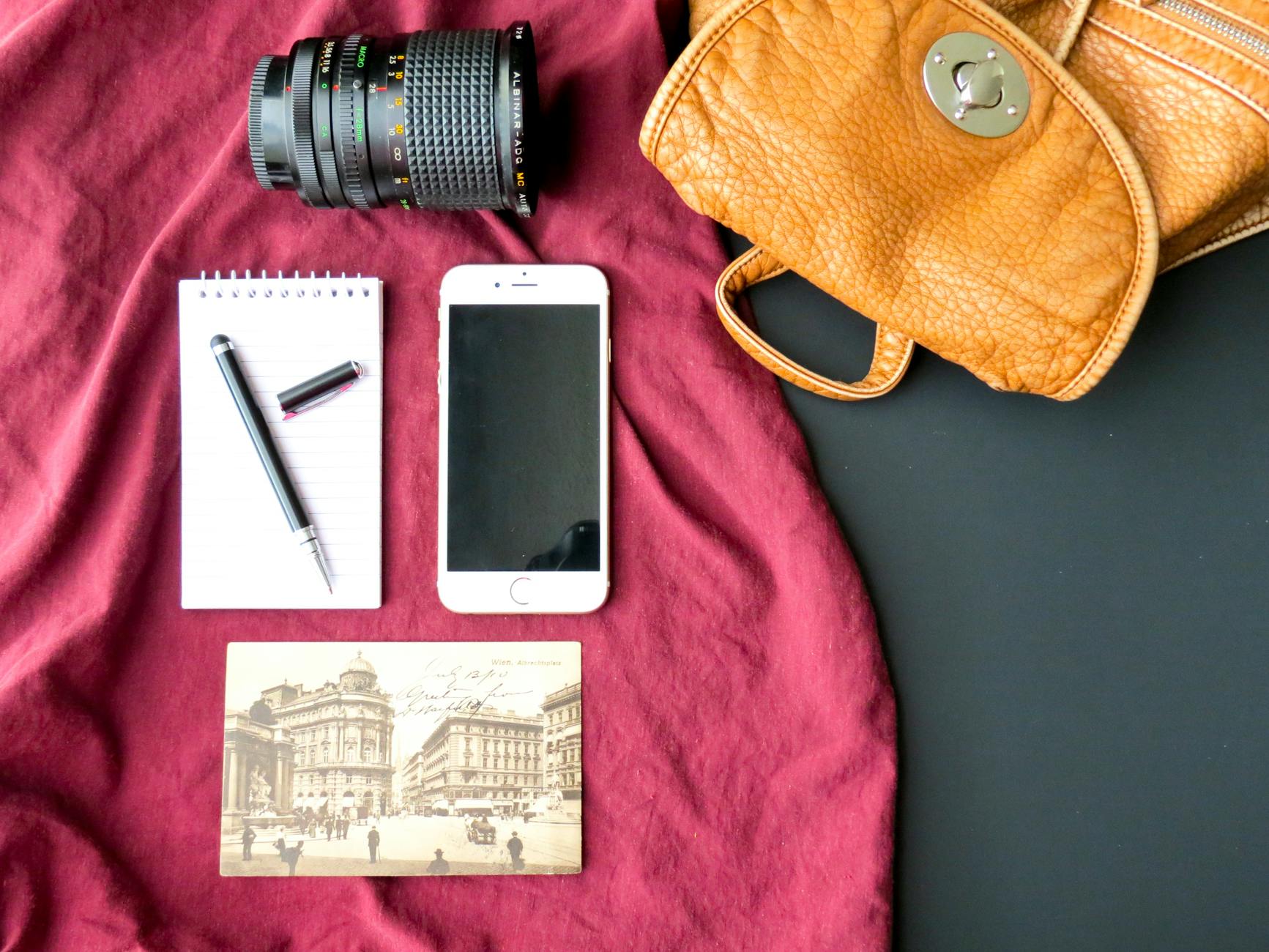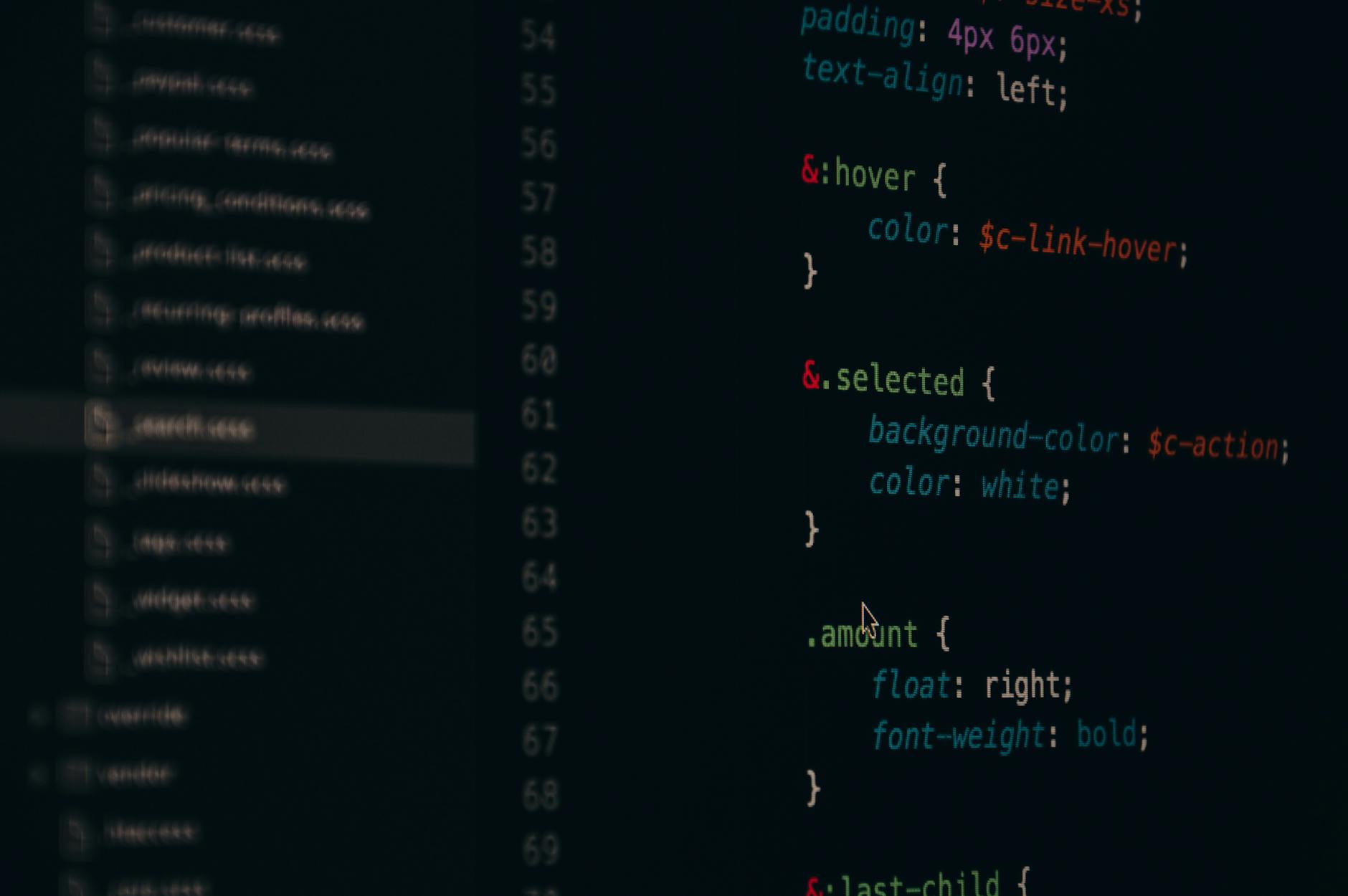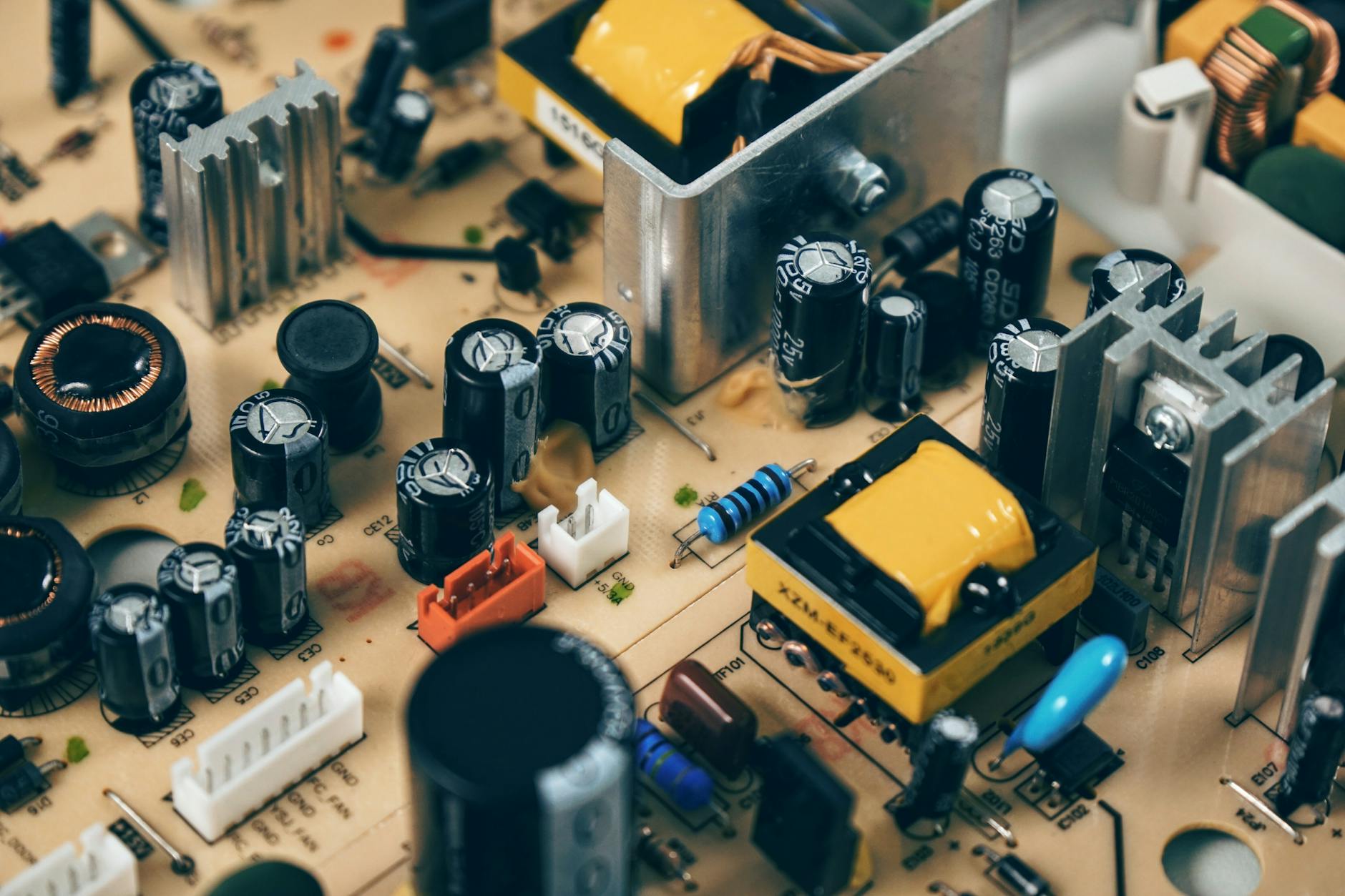Is Your Podcast Ready for Better Sound Quality in Australia?

Understanding Podcast Sound Quality
Key Audio Elements
When it comes to creating a podcast, the sound quality is paramount. It’s essential to grasp the foundation of audio excellence to keep your listeners engaged. Critical elements include clarity, balance, and depth of sound. Clear audio ensures your message is easily understood, while a balanced mix helps highlight important aspects without overpowering others. Depth brings a full, rich sound that can set your podcast apart from others. These audio aspects can be fine-tuned with the right acoustic panels, which help control unwanted reverberations and rowdy echoes typical in recordings.
Impact of Bad Acoustics
Poor acoustics can lead to distracting audio defects such as echoes, distortions, and background noise that can harm listener retention. Just imagine chatting in one of South Yarra's specialty makeup stores, and how the ambience affects your conversation. Now imagine a similar soundscape in your recording—unwelcome and intrusive. Bad acoustics can reduce the clarity of your content, making it difficult for your audience to follow along, potentially leading to a loss of subscribers or listeners.
Evaluating Your Podcast Setup
Before addressing acoustic issues, it's necessary to evaluate your podcast setup. Assess everything from the location where you record to the technology you employ. Are your microphones capable of capturing clear audio? Is your recording space appropriately equipped to minimize acoustic challenges? Take cues from the beauty boutiques in the Royal Arcade, which strategically design spaces to create an immersive audio experience. Implementing even basic improvements can significantly enhance the auditory appeal of your podcast, capturing your audience's attention effectively.
Techniques for Better Sound
Optimizing Mic Placement
Positioning your microphone correctly can significantly enhance your podcast's audio quality. Start by placing the mic at a distance of about 15 to 20 cm from the speaker. This spacing helps capture a natural voice without adding unnecessary echo or background noise. Adjust the angle to avoid plosives, those annoying popping sounds that happen with words starting with P or B. You might find broadcast solutions that suggest using a pop filter to minimise this issue. For interview setups, ensure each mic is adequately spaced, preventing voice overlap.
Mastering Acoustic Treatment
Acoustic treatment can transform any recording space, even if it's not a fancy studio. Using simple sound-absorbing materials like foam panels or heavy curtains can effectively minimise sound reflections in your room. The idea is to create a balanced sound environment that complements your voice and equipment. Test different setups to see what suits your room's acoustics best. Acoustic panels available in specialty stores in South Yarra offer sleek designs that blend functionality with aesthetics.
Reducing Background Noise
Eliminating background noise is crucial for professional-sounding podcasts. Close windows and doors to block external sounds, and keep electronic devices at a distance to avoid interference. Consider investing in a noise gate plugin, which can automatically lower the microphone's sensitivity when you're not speaking, thus reducing unwanted noise. Taking these measures will significantly improve listener experience, much like a beauty hack enhances day-to-day skincare rituals.
Make sure these practical tips elevate your audio quality, creating a smooth and engaging listening experience for your audience. Implementing them will have your podcast sounding as professional as if it were recorded in a high-end studio at Emporium Melbourne.
Advanced Audio Tools
Selecting the Right Microphone
When it comes to achieving crystal-clear sound, selecting the best recording microphone is crucial. As someone well-versed in acoustics, you understand that your microphone choice can make or break your audio experience. Microphones vary immensely, with dynamic, condenser, and ribbon types all offering distinct advantages. Selecting the right one depends on the specific sound characteristics you aim to capture.
Dynamic microphones are known for their durability and are often the go-to for live performances. Condenser microphones, on the other hand, are ideal for studio settings due to their sensitivity and wide frequency responses. If you’re after a natural and somewhat vintage sound, exploring ribbon microphones might be worthwhile.
Beyond microphone types, consider the polar pattern—cardioid, omnidirectional, or bidirectional—each pattern serves different acoustic needs. For instance, a cardioid pattern is excellent for capturing sound from a single direction, perfect for podcasting environments where you want to minimize surrounding noise.
When picking out your next microphone around Melbourne, consider exploring specialty electronics stores like those in South Yarra, where you might find expert advice on choosing the perfect gear. With the right microphone, you can ensure your sound projects authenticity and professionalism, aligning with both aesthetic desires and acoustic needs.
Overcoming Sound Distortions
When dealing with sound distortions in your podcast, understanding the root cause is crucial. Distortions can stem from various sources like equipment malfunctions or improper settings. Here are some strategies I often recommend:
- Check Your Levels: Ensure your recording levels aren't too high, as this can cause clipping. Adjust the gain to find that sweet spot where the audio is neither too soft nor excessively loud.
- Invest in Quality Gear: High-quality microphones are essential. When visiting South Yarra's makeup stores, you might also notice the importance of selection — and the same goes for mics. Try out different models at local music shops around Melbourne.
- Use Pop Filters and Shock Mounts: These can prevent unwanted noises that can lead to distortion. It's akin to the way skincare routines prevent blemishes from appearing.
Managing Technical Setbacks
Technical issues can arise at any moment, be it hardware failures or software glitches. Here's how I suggest handling these hiccups:
- Keep Backup Equipment: Always have a spare mic or cables. Just as you wouldn't leave Emporium Melbourne without a backup lipstick, having duplicate audio gear prevents disaster.
- Regular Maintenance: Clean and test your equipment frequently. Like a good skincare ritual, this keeps your gear in optimum condition.
- Embrace Software Updates: These often tackle bugs that might be causing issues with your noise reduction software. Schedule a regular update check to keep everything running smoothly.
Adapting to Different Spaces
Adapting your setup to various recording spaces can be a challenge, especially in spaces that aren't acoustically ideal:
- Temporary Acoustic Treatments: Use portable acoustic panels or even heavy rugs for immediate solutions. Touring Royal Arcade's beauty boutiques, you'll notice the balance of form and function, which is what you want in acoustic treatments too.
- Test Your Setup: Prior to recording, always do a test run. Check how the room's acoustics interact with your setup and make adjustments as necessary.
- Flexibility: Be willing to rearrange or change locations if needed. Consider how you adapt your skincare routine for different climates or seasons — recording environments need the same thoughtful adjustments.
By keeping these strategies in mind, you can significantly enhance your podcast's sound quality, mirroring the care and precision you apply to your beauty routines.


